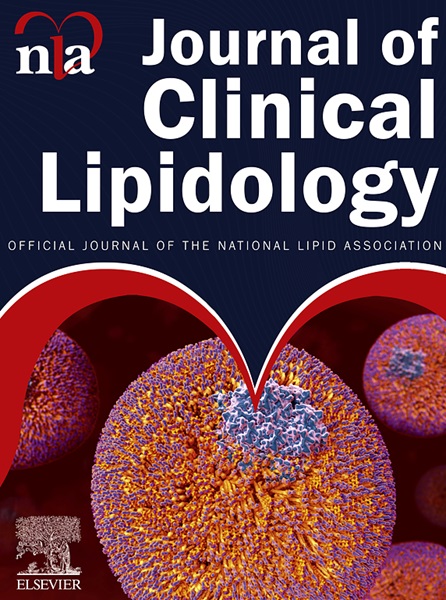Novel 327bp Alu element insertion in LDLR exon 17 causes alternative splicing and familial hypercholesterolemia
IF 3.6
3区 医学
Q2 PHARMACOLOGY & PHARMACY
引用次数: 0
Abstract
BACKGROUND
Homozygous familial hypercholesterolemia (HoFH) is a severe form of familial hypercholesterolemia (FH) characterized by high low-density lipoprotein cholesterol (LDL-C) levels and increased coronary artery disease risk. This study reports a novel Alu insertion in the LDLR gene in a consanguineous Indian family, causing FH.
OBJECTIVE
To identify and characterize the mutation causing HoFH in a proband and their family members.
METHODS
Clinical exome sequencing was conducted on the proband with subsequent bioinformatic analysis of single nucleotide variants, loss-of-function variants, structural variants, and mobile element insertions (MEI). Polymerase chain reaction (PCR) amplification and Sanger sequencing of exon 17 of the LDLR gene were performed to elucidate the sequence and length of the Alu insertion. Additionally, RNA analysis of the proband identified splice site events.
RESULTS
Bioinformatic analysis revealed a small sequence duplication followed by an Alu element insertion. PCR amplification and Sanger sequencing uncovered a 17 base pair (bp) duplication at the breakpoint, a “T” base insertion, followed by a 309 bp Alu Yb8 insertion. This led to a 70 bp deletion at the beginning of exon 17 due to alternative splicing, resulting in a frameshift and extended protein truncation. The proband and siblings were homozygous for the mutation, while the parents and 2 other family members were heterozygous.
CONCLUSION
Our study uncovers a novel AluYb8 element insertion in the LDLR gene, highlighting the need for MEI detection in genetic screening for FH. Reanalyzing FH cohorts for MEIs could significantly improve diagnostic accuracy and enhance our understanding of FH genetics.
求助全文
约1分钟内获得全文
求助全文
来源期刊
CiteScore
7.00
自引率
6.80%
发文量
209
审稿时长
49 days
期刊介绍:
Because the scope of clinical lipidology is broad, the topics addressed by the Journal are equally diverse. Typical articles explore lipidology as it is practiced in the treatment setting, recent developments in pharmacological research, reports of treatment and trials, case studies, the impact of lifestyle modification, and similar academic material of interest to the practitioner.
Sections of Journal of clinical lipidology will address pioneering studies and the clinicians who conduct them, case studies, ethical standards and conduct, professional guidance such as ATP and NCEP, editorial commentary, letters from readers, National Lipid Association (NLA) news and upcoming event information, as well as abstracts from the NLA annual scientific sessions and the scientific forums held by its chapters, when appropriate.

 求助内容:
求助内容: 应助结果提醒方式:
应助结果提醒方式:


